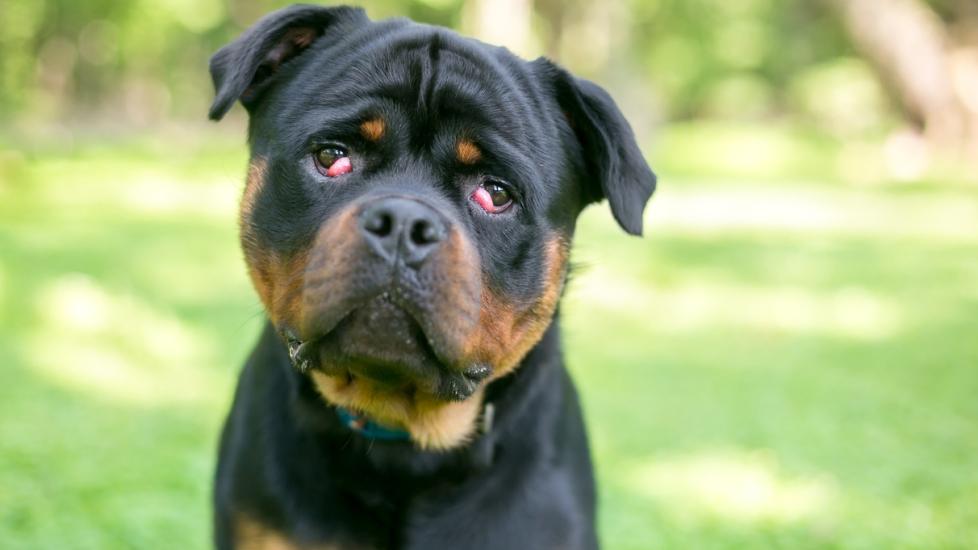Introduction:
In the world of canine health, cherry eye is a common condition that affects dogs across various breeds. This condition, known as eyelid protrusion, refers to the prolapse or eversion of the third eyelid’s nictitating membrane and its associated gland, which leads to a red, swollen mass visible on the dog’s eye. As pet owners and enthusiasts, it’s crucial to understand this condition, its causes, symptoms, treatment options, and preventive measures to ensure our furry friends receive the best care possible.
Causes of Cherry Eye in Dogs:
The exact cause of cherry eye remains somewhat of a mystery; however, several factors are believed to contribute to its development. Genetics plays a significant role, with certain breeds being more predisposed to the condition, such as Bulldogs, Cocker Spaniels, Lhasa Apsos, and Bloodhounds. Additionally, trauma, inflammation, and hormone imbalances may also be contributing factors.
Symptoms of Cherry Eye in Dogs:
Dogs suffering from cherry eye often exhibit noticeable signs that should prompt immediate veterinary attention. These include:
– Redness and swelling around the affected eye.
– Watery discharge or excessive tearing.
– Squinting or pawing at the eyes, indicating discomfort.
– The presence of a pinkish-red肿胀 mass on the inside corner of the eye, resembling a small cherry.
Diagnosis and Treatment Options for Cherry Eye in Dogs:
If you suspect your dog has cherry eye, it’s essential to take them to an experienced veterinarian who will perform a thorough examination to confirm the diagnosis. Once diagnosed, there are several treatment routes available depending on the severity of the case and individual circumstances. Non-invasive methods like artificial tears or topical corticosteroids might provide temporary relief by reducing inflammation. However, if these fail or the condition worsens, surgical intervention may be necessary to reposition the gland back into place. In some cases, removal of the glandular tissue may be recommended. It’s important to discuss all options with your vet before making any decisions regarding surgery.
Prevention and Management Strategies for Cherry Eye in Dogs:
While genetic predisposition cannot be changed, proactive steps can help manage cherry eye and reduce its impact on your dog’s quality of life. Here are some strategies to consider:
1. Regular Check-Ups: Schedule regular check-ups with your veterinarian to monitor your dog’s overall health and address potential issues early on.
2. Environmental Modifications: Protect your dog’s sensitive eyes from wind and bright sunlight by providing shade outdoors and using protective eyewear when appropriate.
3. Dietary Considerations: Maintain a balanced diet rich in omega-3 fatty acids, which have anti-inflammatory properties and may support healthy eye function.
4. Gentle Handling: Be cautious when grooming or playing near your dog’s face to avoid unnecessary stress or trauma to their delicate eye area.
5. Early Intervention: If you notice any signs of cherry eye, seek veterinary advice promptly so treatment can begin immediately.
Conclusion:
Cherry eye in dogs is a treatable condition that requires attentive observation and professional medical guidance. By understanding the causes, recognizing the symptoms, exploring treatment options, and implementing preventative measures, we can work towards ensuring happier, healthier lives for our beloved pets. Remember, every dog is unique, and what works for one may not necessarily apply to another. Always consult with a qualified veterinarian for personalized advice tailored to your dog’s specific needs.
